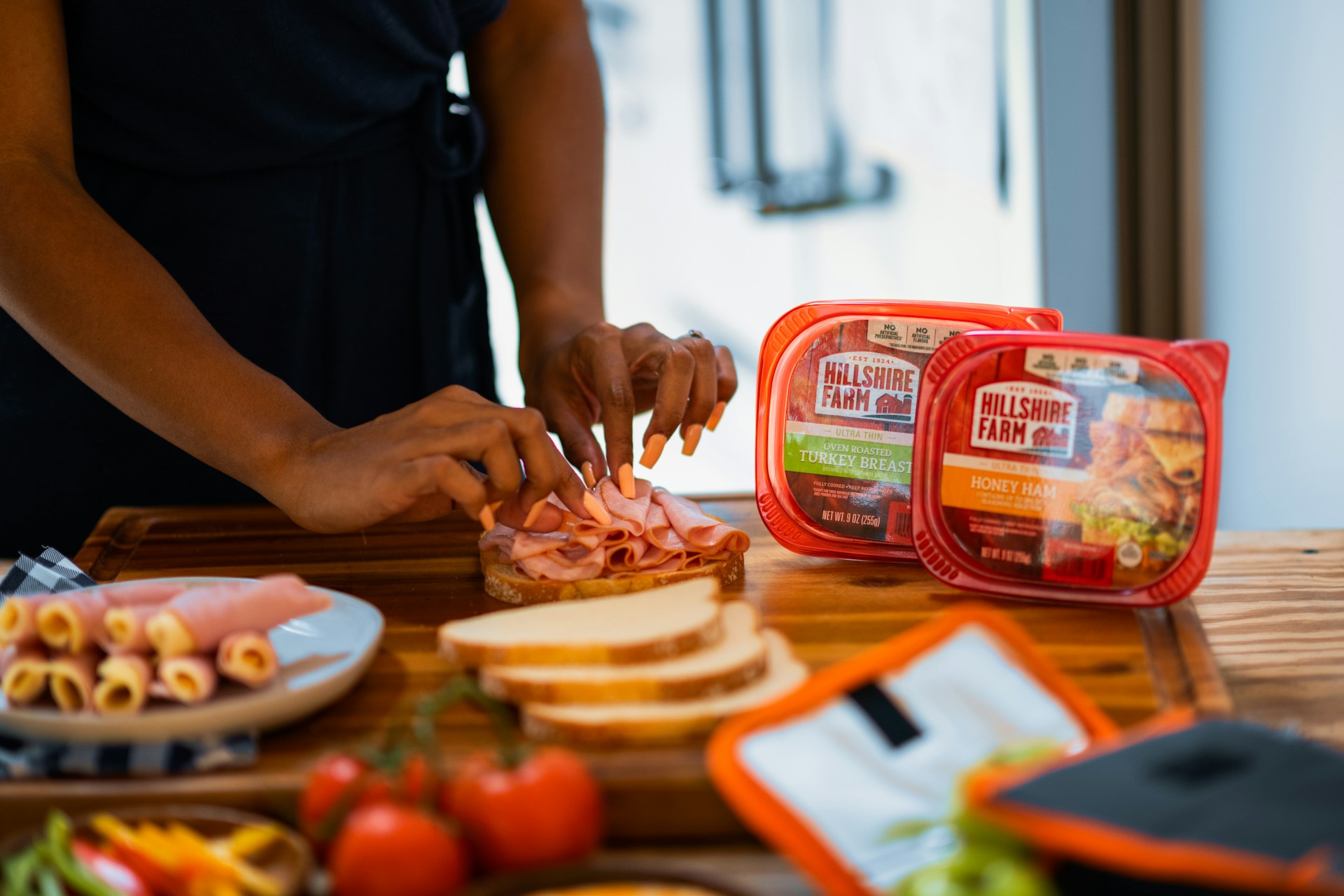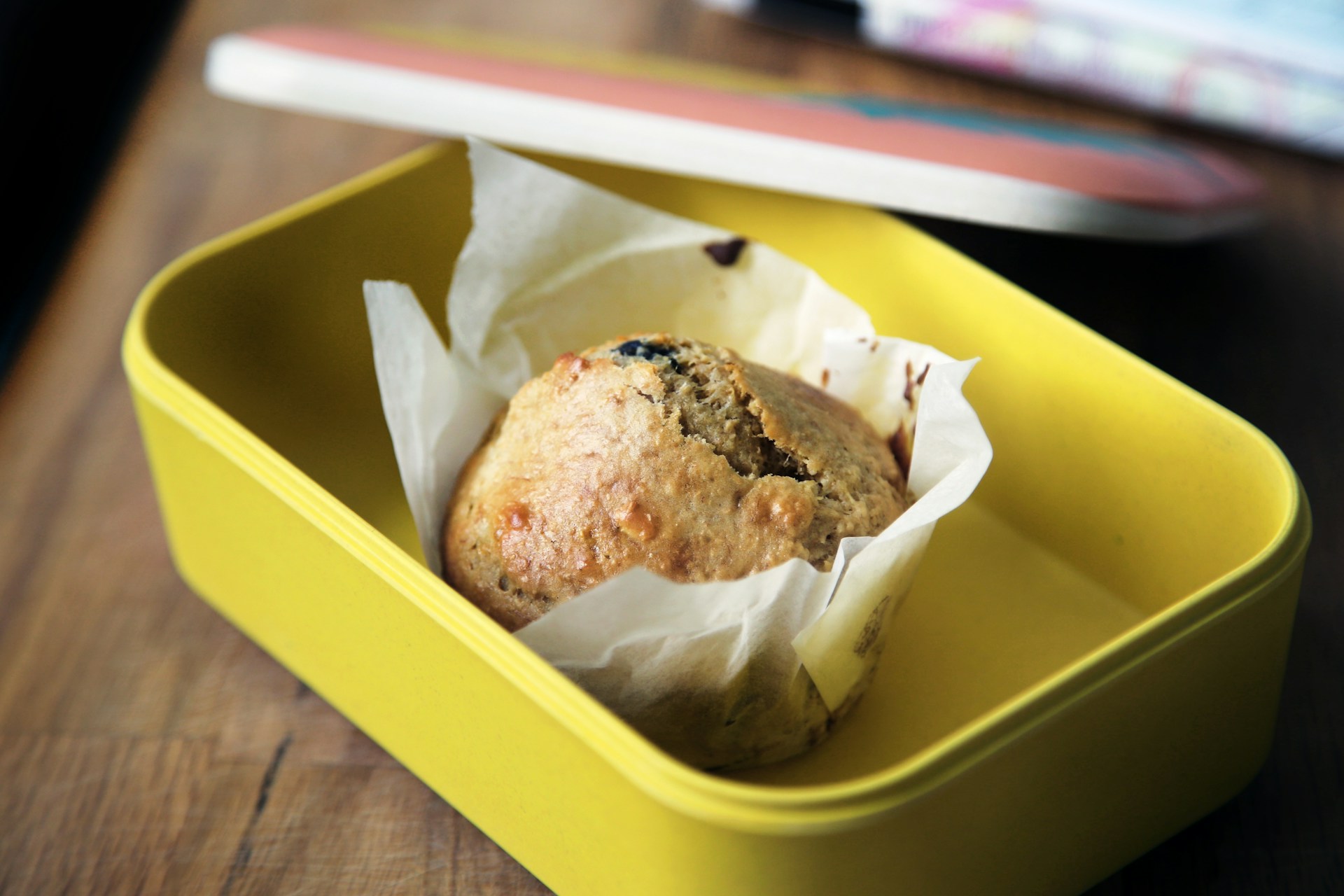If you are travelling and wondering whether you can bring your own food on a plane, the short answer is yes. However, there are some important rules to keep in mind, especially regarding security checks, international travel, and what types of food are allowed. Here is everything you need to know.

Most solid foods are allowed on a plane, whether they are homemade meals, store-bought snacks, or packaged items. They are generally easy to transport, don’t create a mess, and don’t violate security regulations. However, always check the airline’s policies and be mindful of international customs restrictions when flying abroad.
Here are some examples of foods you can bring;
Sandwiches are a convenient and filling option for flights, but it is best to keep them simple. Ingredients like peanut butter and jelly, turkey and cheese, or hummus and vegetables make great choices. Avoid sandwiches with excessive sauces, dressings, or runny fillings, as they could be flagged at security or become messy to eat. Wrap them in parchment paper or place them in a resealable container to help keep them fresh and easy to handle.
Fruits and vegetables are a healthy snack option, providing hydration and nutrients during a flight. Whole fruits like apples, bananas, and grapes are ideal, while cut veggies like baby carrots, cucumber slices, and bell pepper strips are easy to munch on. You might want to skip fruits with high liquid content, like watermelon, or sticky options, like peeled mangoes, as these can be messy. Also, if travelling internationally, you should be aware that many countries restrict fresh produce from being brought in, so it is best to eat them before landing.
Nuts and dried fruit are lightweight, non-perishable, and packed with energy, making them the perfect travel snacks. Almonds, cashews, walnuts, and peanuts offer protein and healthy fats, while dried fruits like raisins, apricots, and cranberries provide natural sweetness. However, note that some airlines prohibit nuts due to passenger allergies, so always check their policies beforehand. Pack them up in small resealable bags to help with portion control and keep them fresh.
While solid foods are generally allowed, liquid and gel-based foods face restrictions. The Transportation Security Administration (TSA) and most airport security agencies follow the 3.4-ounce (100 ml) liquid rule for carry-on luggage.
For example, soups and stews may not be allowed unless in small portions (under 3.4 ounces). Yoghurt and pudding may be considered a liquid and must follow the liquid rule, and peanut butter, hummus, and cream cheese may only be allowed in small amounts. Always check with the airline in advance.
Here are some tips to make your airport experience smooth;

Many airlines serve meals or snacks, but they may not always suit your preferences or dietary needs. Bringing your own food ensures you have something you enjoy and keeps you full, especially on long flights. Just make sure to pack neatly and avoid foods with strong smells or that are too messy to be considerate of other passengers.
If you want the latest information on the best Hotel Executive Club Lounges, Hotel Kids Clubs and other travel information, be sure to sign up for our free newsletter full of tips and great travel ideas.